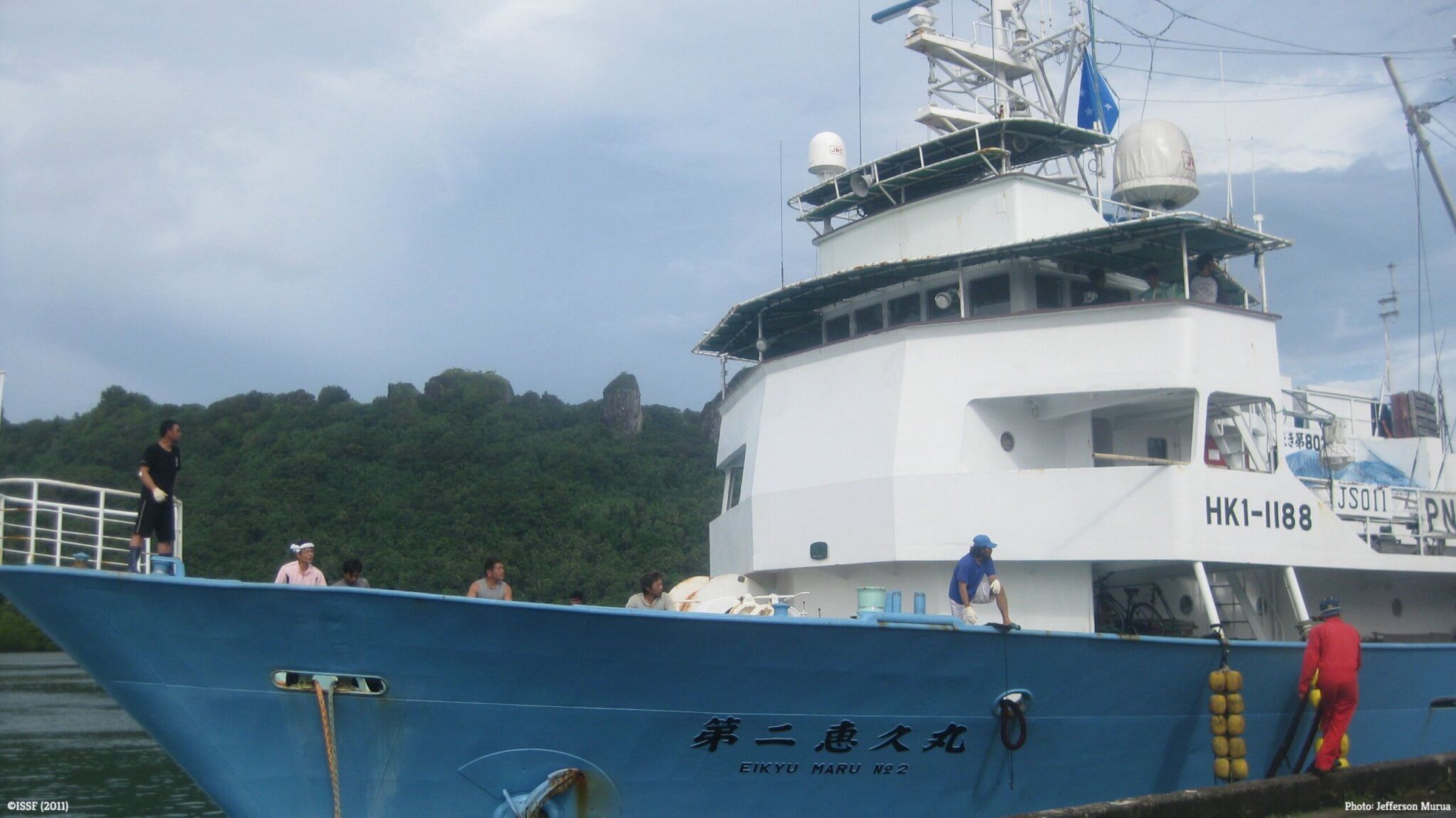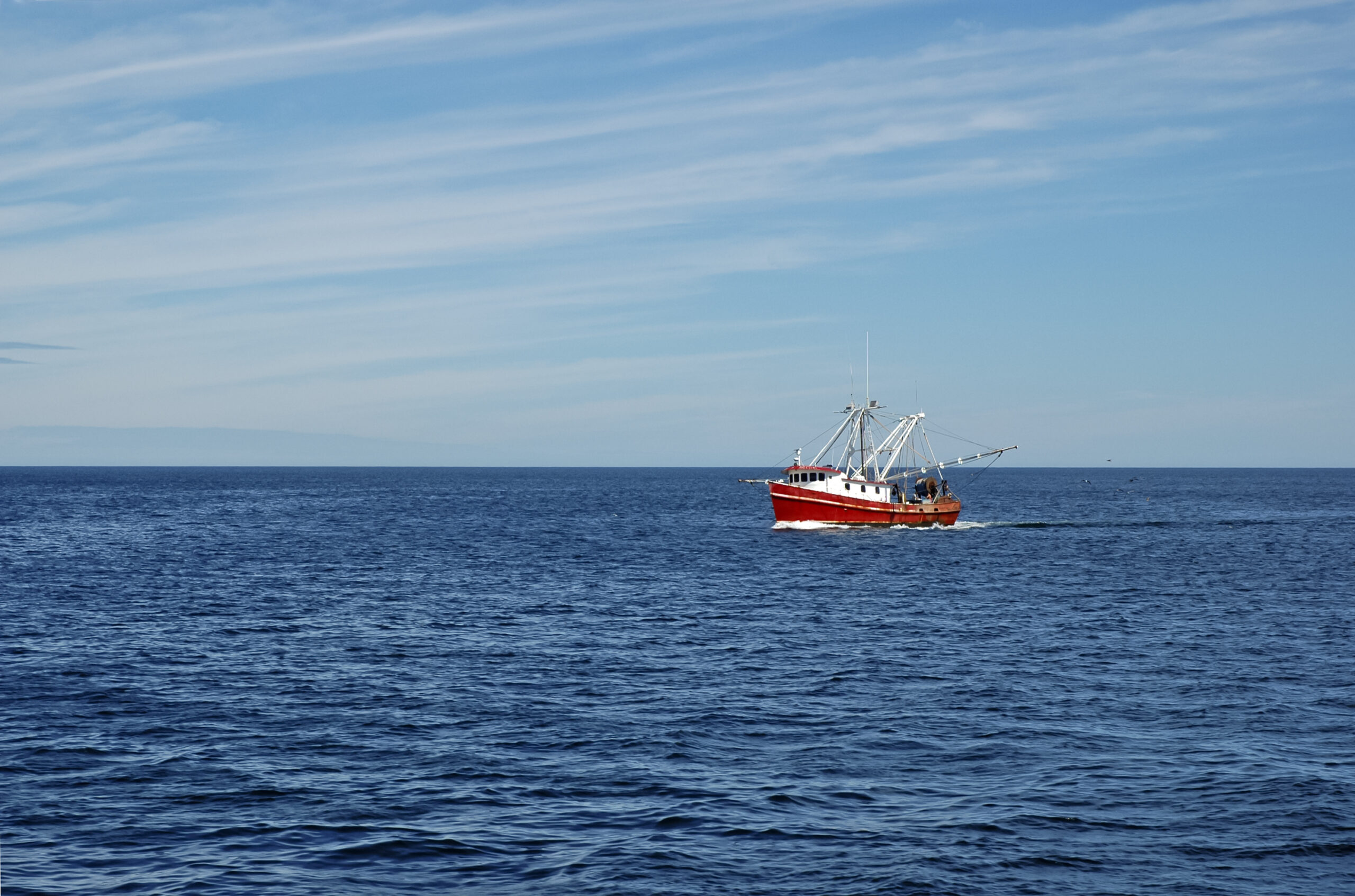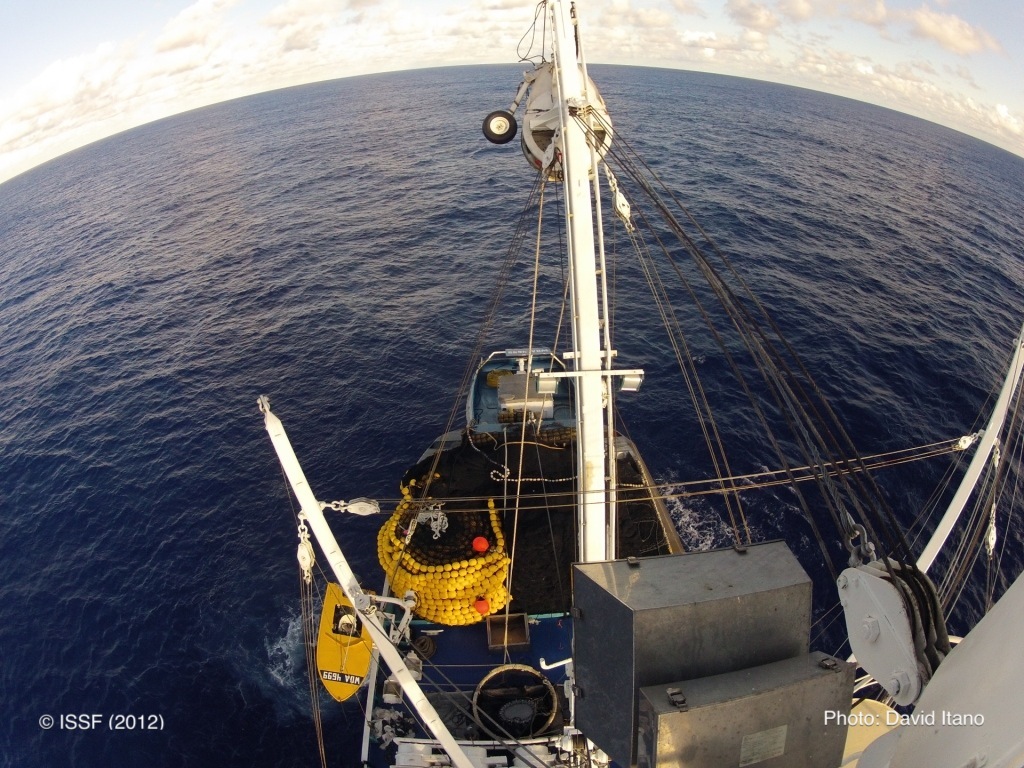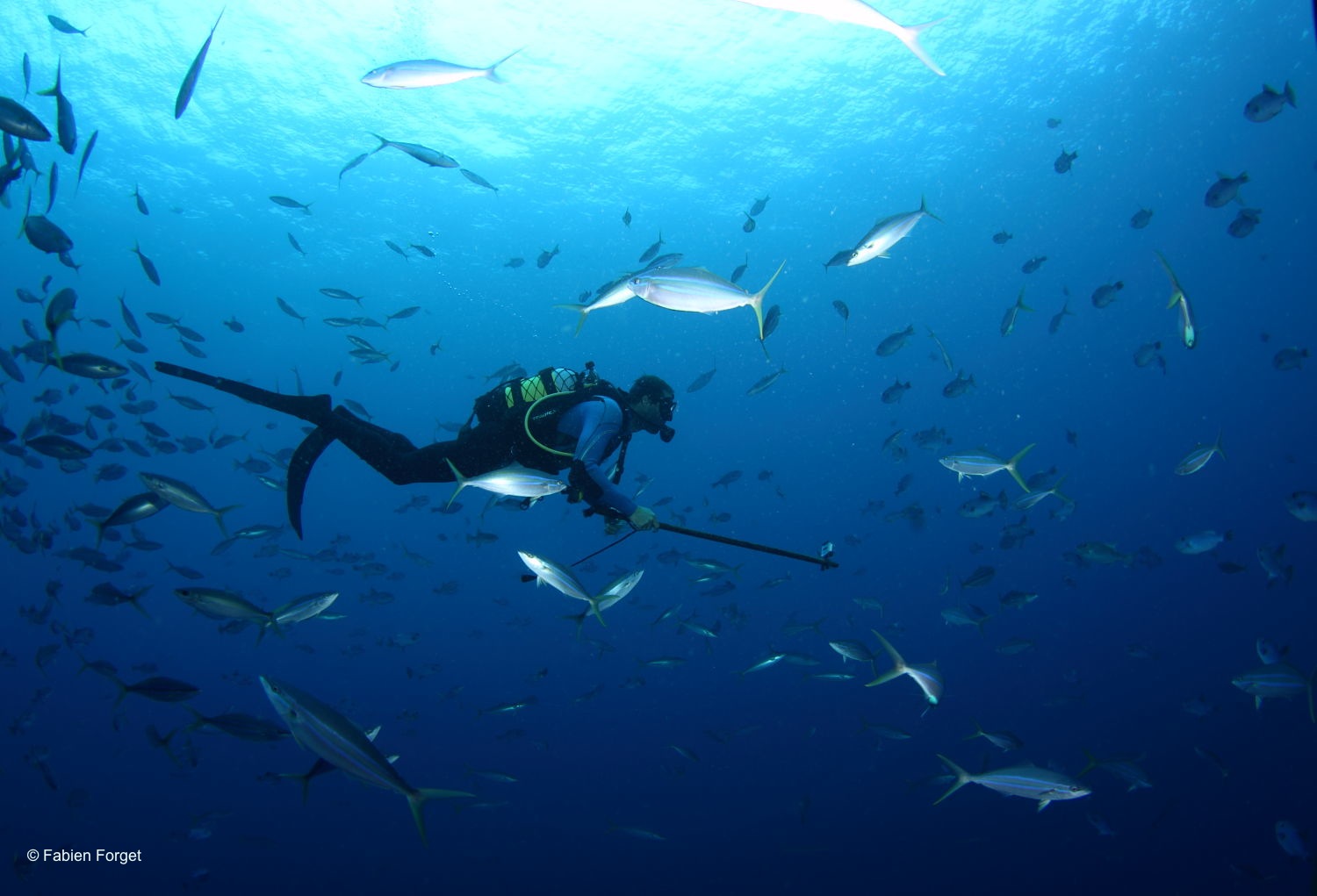All About Tuna Vessels | Transparent Accountability in Tuna Fishing
Featured Resources
To promote transparency in tuna fishing, ISSF works with regional organizations and data sources to provide information about fishing vessels and their practices. We maintain searchable public tuna vessel lists for sustainable fishing stakeholders.
The ProActive Vessel Register (PVR) is one of four ISSF public vessel lists. Vessels that join the PVR commit to provide regular, accurate information about specific activities, including best practices linked to ISSF conservation measures. This information is displayed on the PVR, showing facts about each vessel, and — based on independent audit results — whether the vessel is following these best practices for more sustainable fishing. For example, having a shark-finning prohibition policy and using non-entangling fish aggregating devices (FADs) is a best practice.
Like the PVR, ISSF’s Vessels in Other Sustainability Initiatives (VOSI) list is a transparency tool for stakeholders that want to understand which tuna vessels have made public commitments to more sustainable fishing beyond those commitments reflected on the PVR.
Featured Content
All fishing methods have advantages. And all can be improved. That’s our focus.
Commercial fishers use five primary methods, or fishing gear types, for catching tuna. The purse seine method is most common, accounting for about two-thirds of tuna caught globally every year. Each method has advantages as well as areas of concern.
Read about tuna fishing methods
Featured Graphics
An infographic shows the size and fishing capacity of the large-scale purse-seine fleet fishing for tropical tunas worldwide, based on ISSF research. It indicates how the PVR helps to provide transparency of the fleet’s fishing activities, including changes in fish hold volume.



